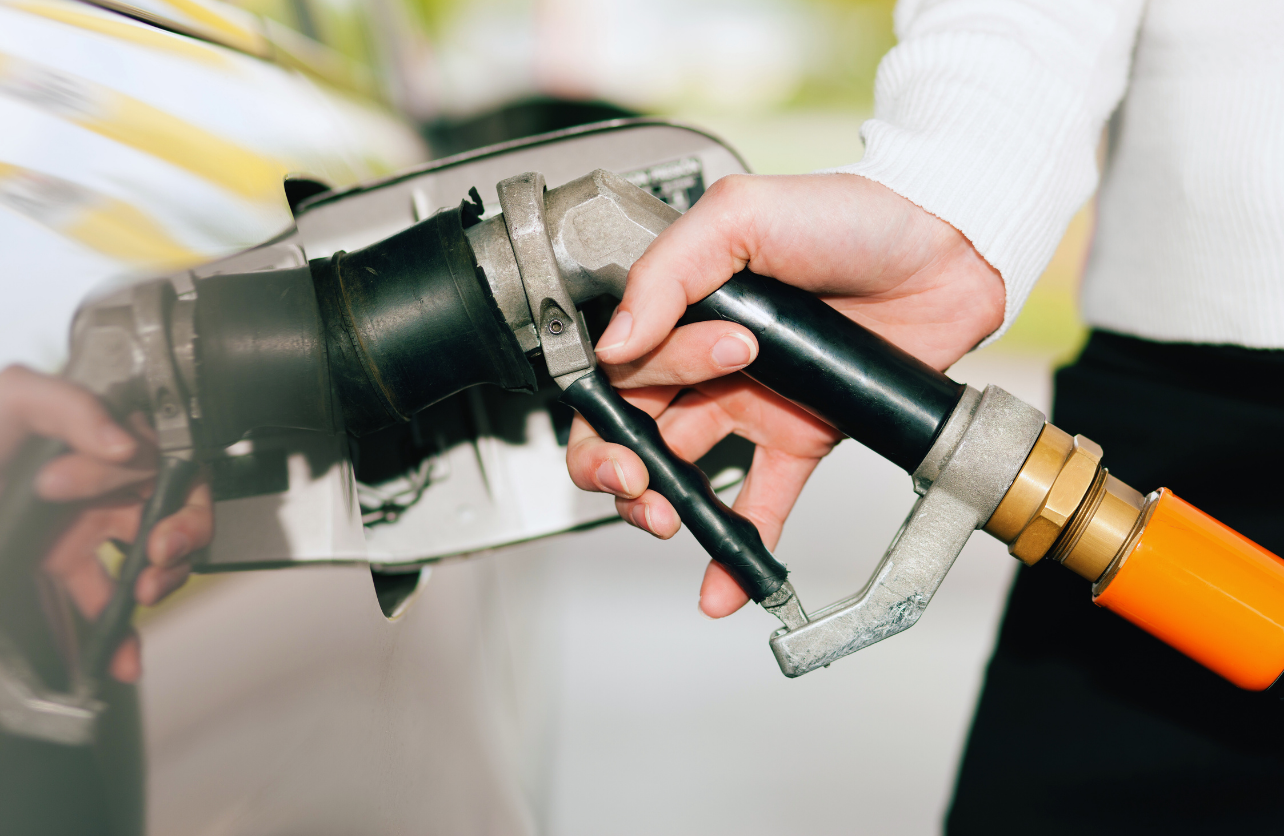What Happens if You Put Diesel in a Gas Car?

Putting diesel in a gas-powered car isn’t an uncommon mistake, but it can have significant consequences for your vehicle’s engine and fuel system. Unlike gasoline, diesel is thicker and requires different combustion methods, which is why gas and diesel engines are built differently. If diesel ends up in a gas tank, it can lead to engine issues, costly repairs, and, in some cases, irreversible damage. Here’s what to expect if you accidentally fill your gas tank with diesel and what you should do about it.
Immediate Effects of Putting Diesel in a Gas Car
Diesel and gasoline have distinct properties that make them incompatible in engines designed for the other. Here’s a breakdown of what happens once diesel enters a gas-powered car:
Diesel Won’t Combust Properly in a Gas Engine
Gasoline engines rely on spark plugs to ignite the fuel, which in turn powers the engine. Diesel fuel, however, is designed to ignite through compression rather than a spark. Because of this, when diesel is present in a gasoline engine, it won’t combust properly or may not combust at all, leading to immediate performance issues.
Engine Misfires and Stalling
Once diesel reaches the fuel injectors, you’ll start to notice the car behaving differently. Diesel is too dense for gasoline injectors, and this can lead to the engine misfiring, rough idling, or even stalling. In many cases, the car may not start again once it stalls because the diesel won’t ignite under normal gasoline engine conditions.
Damage to the Fuel System
Diesel’s thicker, oily consistency can clog up and damage parts of the fuel system, including the fuel injectors, fuel pump, and filters. Gasoline systems are designed to handle thinner, more volatile fuel, so diesel’s heavy, lubricating properties can cause residue buildup and blockages in these components, which are not made to handle such viscosity.
Longer-Term Consequences of Diesel in a Gas Engine
If diesel remains in your car’s system for an extended period, more serious issues can arise. Here’s what can happen if you continue to drive (or attempt to start) your gas car with diesel in the tank:
Severe Engine Damage
If diesel circulates through the fuel injectors and into the engine, the engine components may be exposed to improper combustion cycles. The unburned diesel fuel can create soot deposits and gunk up engine parts, potentially causing severe internal damage. Over time, this can lead to overheating, increased wear and tear, and even complete engine failure.
Catalytic Converter Damage
The catalytic converter, which helps reduce harmful emissions, is another component that can be damaged. Because diesel doesn’t burn off as cleanly as gasoline, it can cause buildup and clogging in the catalytic converter, leading to an expensive repair or replacement.
Costly Repairs
Repairing a car after accidentally filling it with diesel can be expensive. You’ll likely need to drain the fuel tank, flush the fuel lines, replace the fuel filter, and, in severe cases, repair or replace fuel injectors and other damaged components. If the diesel caused significant engine damage, the costs could be even higher.
What to Do If You Accidentally Put Diesel in a Gas Car
If you realize you’ve accidentally pumped diesel into your gas car, the key is to act quickly. Here are the steps to take:
- Do Not Start the Car: If you notice the mistake before starting the car, leave the engine off. Starting the car can spread diesel throughout the fuel system, making it harder and more expensive to fix.
- Call a Tow Service: Have the car towed to a repair shop rather than driving it. Driving will push the diesel through the fuel system and potentially damage more components.
- Drain and Clean the Fuel System: At the repair shop, a mechanic will likely need to drain the fuel tank, flush the fuel lines, and clean out any diesel residue. They may also recommend replacing the fuel filter to ensure there’s no lingering diesel in the system.
- Inspect for Any Damage: After cleaning, have the mechanic inspect the fuel system and engine for any signs of damage. In most cases, if the diesel was caught early and hadn’t spread too far, your car can return to normal after cleaning.
Can This Mistake Be Prevented?
Fortunately, it’s quite rare to put diesel in a gas car due to differences in pump nozzles. Diesel pump nozzles are generally wider, so they won’t fit easily into the gas tank opening, which is narrower. However, mistakes can still happen, especially if you’re distracted, using an unfamiliar pump, or the pump nozzle isn’t clearly labeled.
To avoid this mistake, keep these tips in mind:
- Double-Check the Label: Always verify the pump label before filling up, especially if you’re at a new or unfamiliar station.
- Pay Attention to Nozzle Color: In many regions, diesel nozzles are green, while gas nozzles are black. This color coding can help you distinguish between the fuels.
- Stay Focused: Avoid distractions, such as using your phone, while refueling. Staying focused can prevent accidental errors.